Kochi Prefecture
Where is Kochi?
Kochi Prefecture is located on the island of Shikoku in southern Japan, facing the Pacific Ocean.

It occupies the southwestern portion of the island and is bordered by Ehime Prefecture to the north and Tokushima Prefecture to the east.
The prefecture’s capital city, also named Kochi, sits on the Urado Bay.
What is Kochi known for?
Kochi Prefecture was formed from Tosa Province as part of governmental reforms that followed the Meiji restoration and the end of the Shogunate.
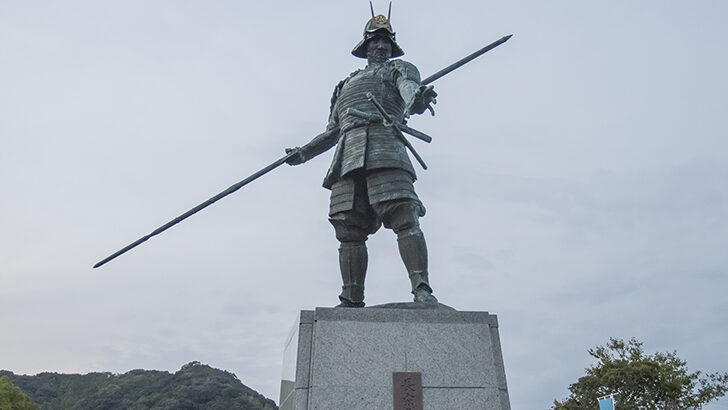
Prior to the Meiji period it had been under the rule of the Chosokabe clan during the Sengoku period (1467-1615) and the Yamauchi clan during the Edo period (1603-1867).
Kochi Prefecture is famous as a source of bonito (skipjack tuna).
Katsuo no tataki, seared slices of bonito, is a local specialty. It is best enjoyed with a slightly charred exterior and rare inside.
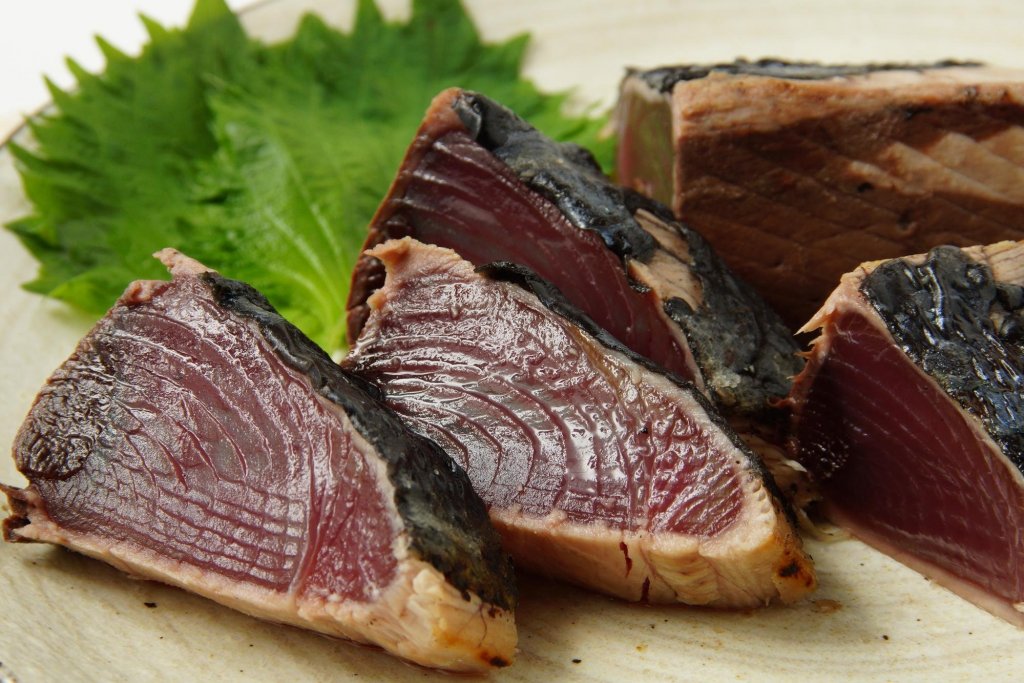
The prefecture is also known for its high quality katsuobushi (bonito flakes), which are frequently used in traditional Japanese cooking.
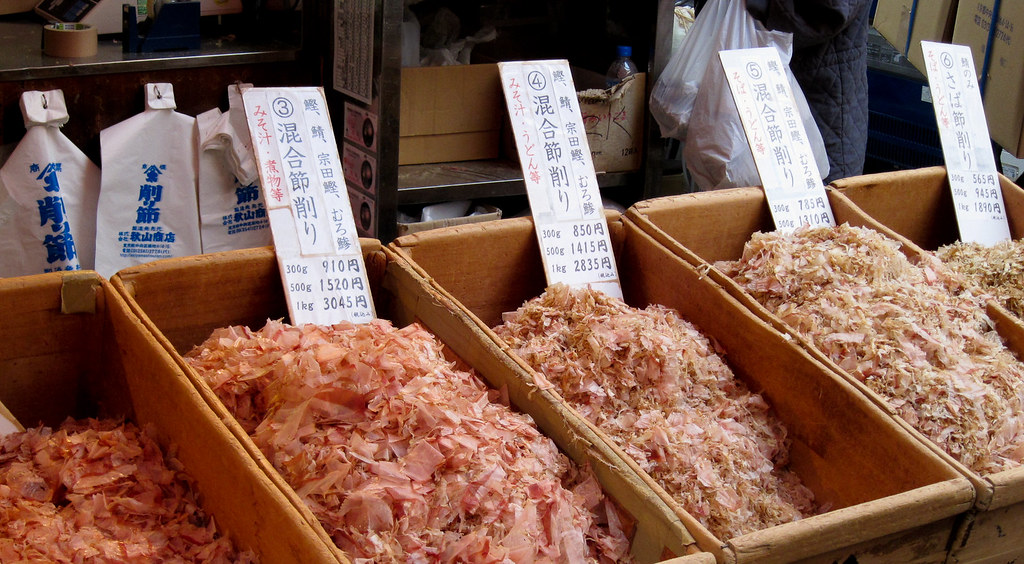
The impressive Kochi Castle is one of the few original castles remaining in Japan and is a popular tourist destination.
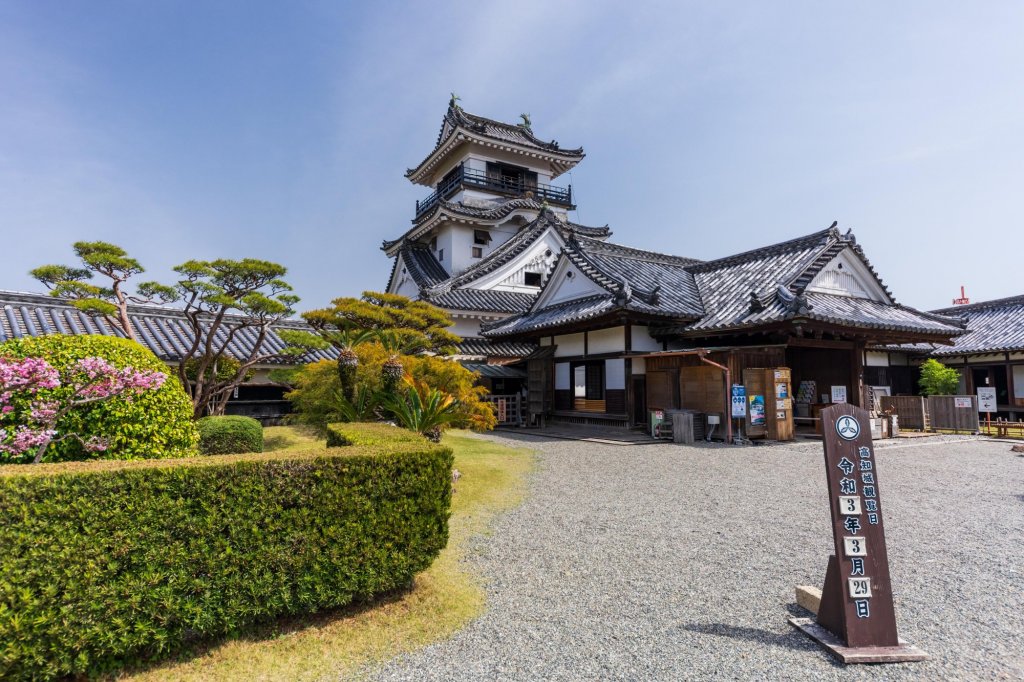
The Shimanto River, often called Japan’s last clear stream, is known for its pristine waters and lack of dams.
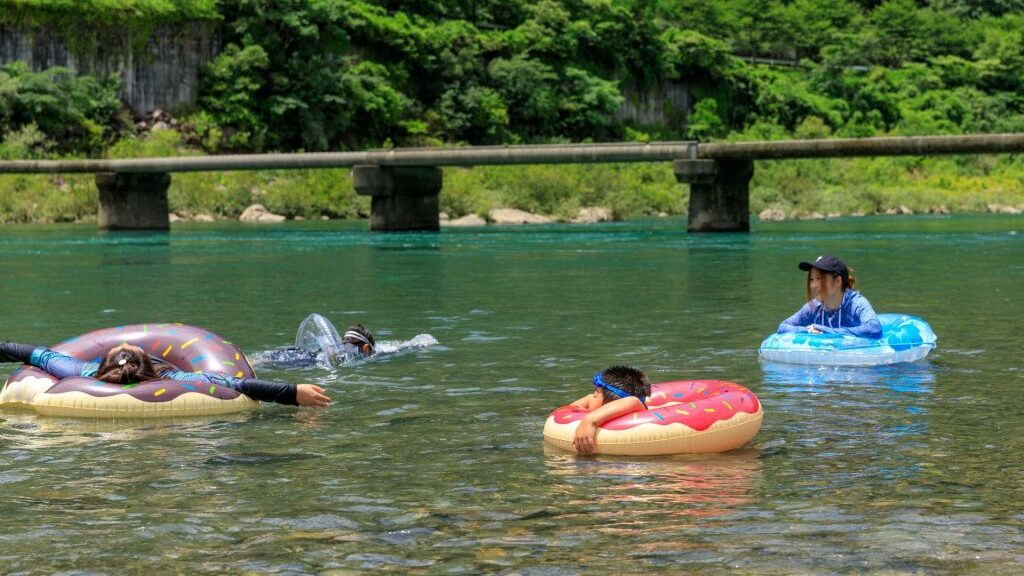
Additionally, Kochi is known for its yosakoi festival, a lively dance festival which is held between 9th and 12th August each year.
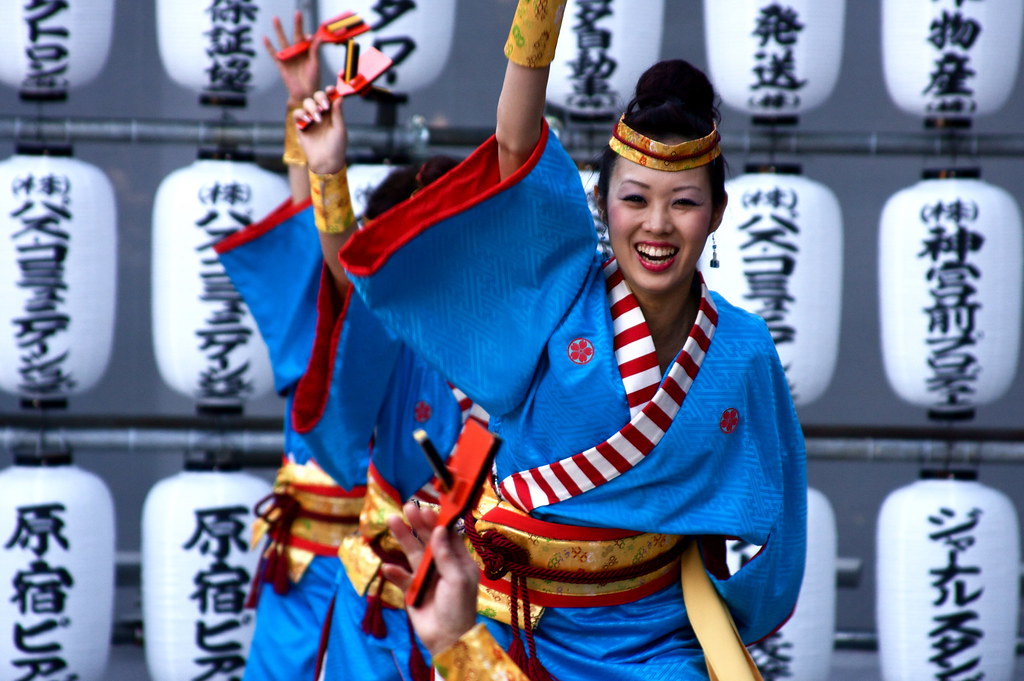
Where should I visit in Kochi?
The clear waters of the Shimanto River are a popular destination for visitors interested in kayaking, canoeing, and cycling along its banks.
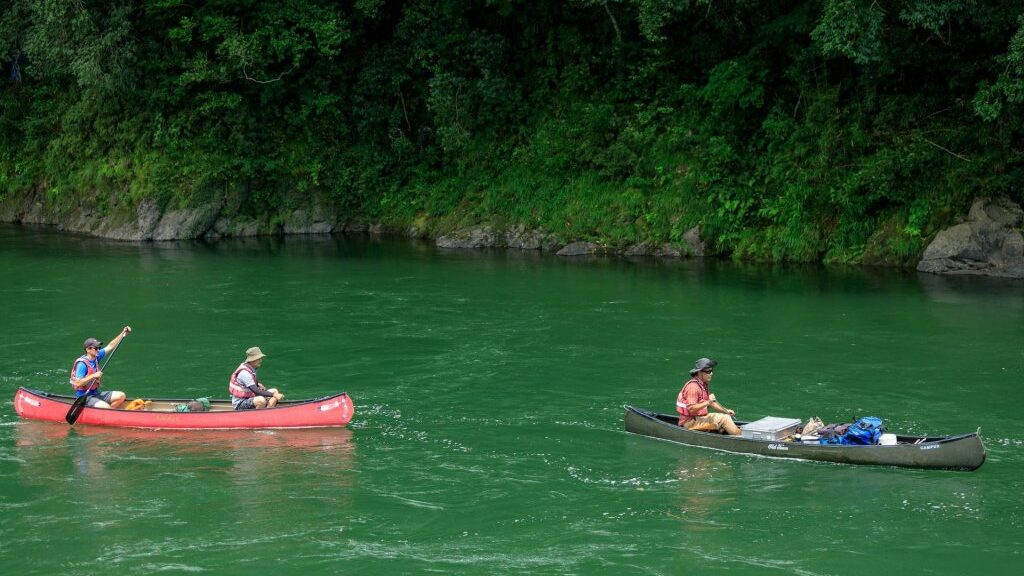
Traditional “chinkabashi” submersible bridges cross the Shimanto River at several points and are unique to the area.
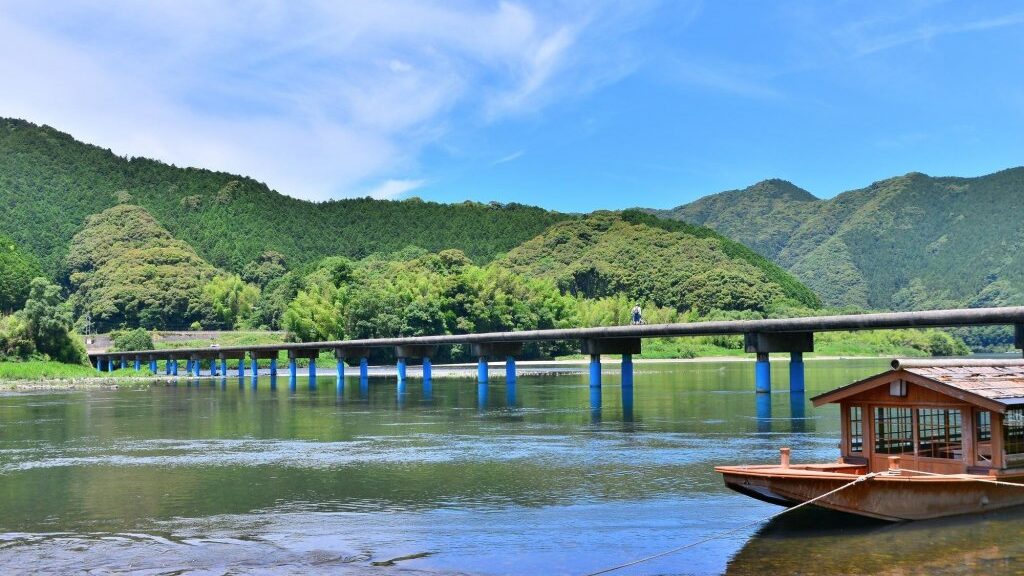
Katsurahama Beach is considered to be one of the most scenic spots in the prefecture.
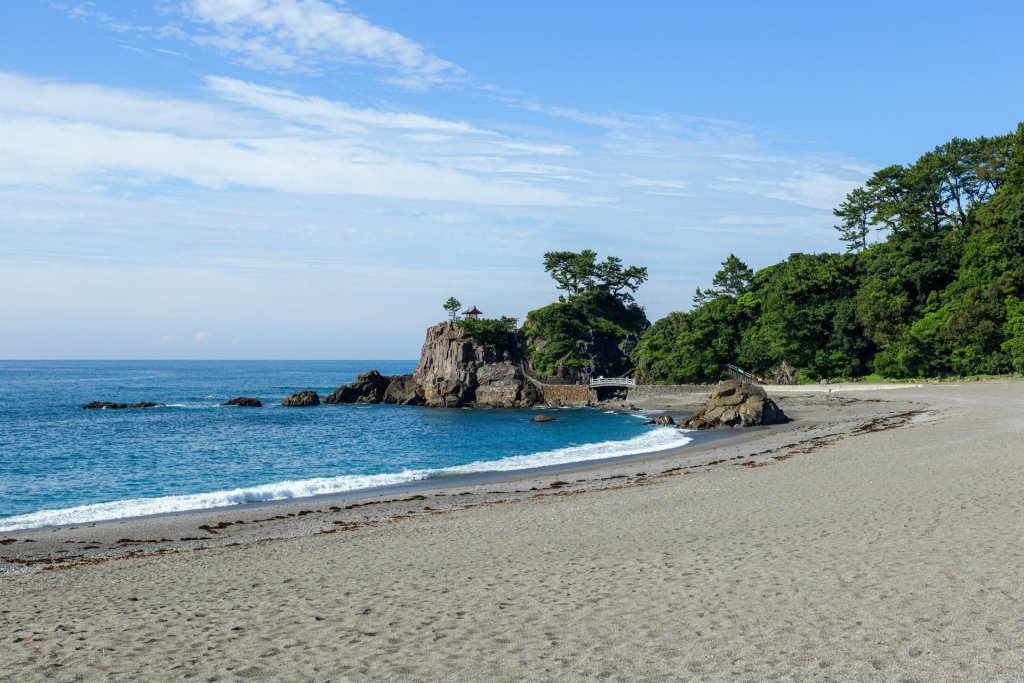
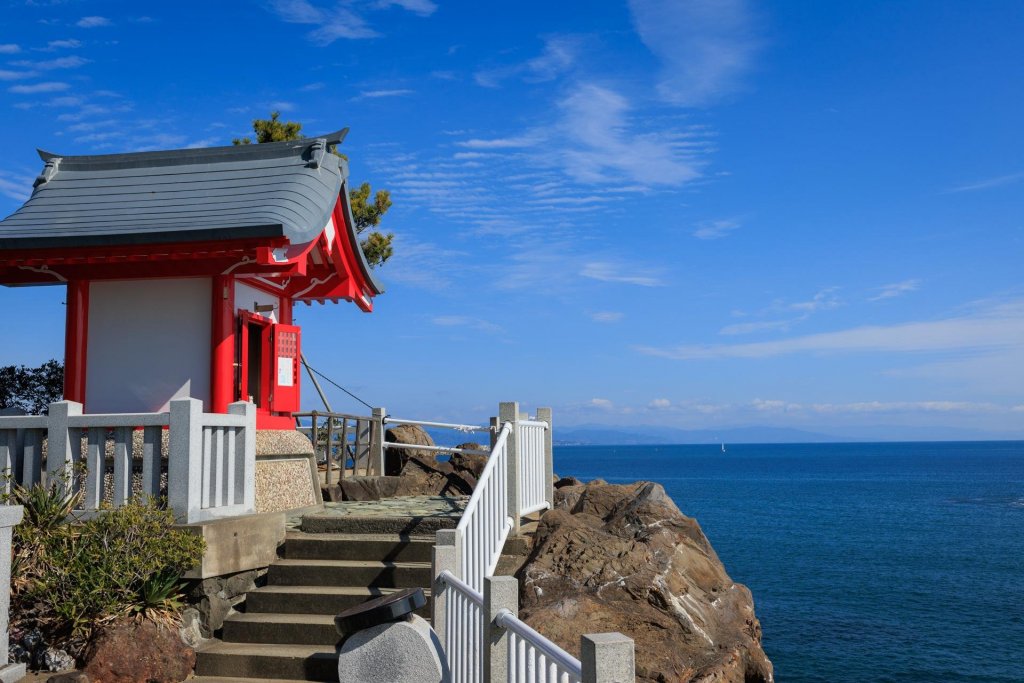

This scenic beach is famous for its moon-shaped bay and the statue of Sakamoto Ryoma, a key figure in Japan’s Meiji Restoration. Visitors can enjoy swimming, sunbathing, and exploring the nearby Tosa Shrine.

Mount Godai is a small mountain located near to downtown Kochi City and home to the Makino Botanical Gardens.
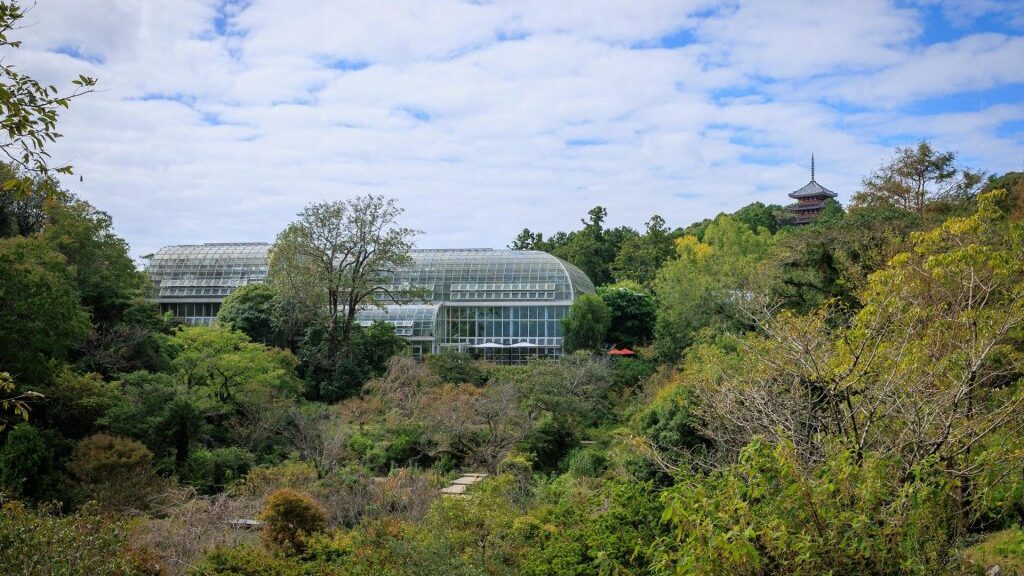
Chikurinji Temple is an ancient Buddhist temple, located on Mount Godai, and houses important cultural properties as well as beautiful gardens.
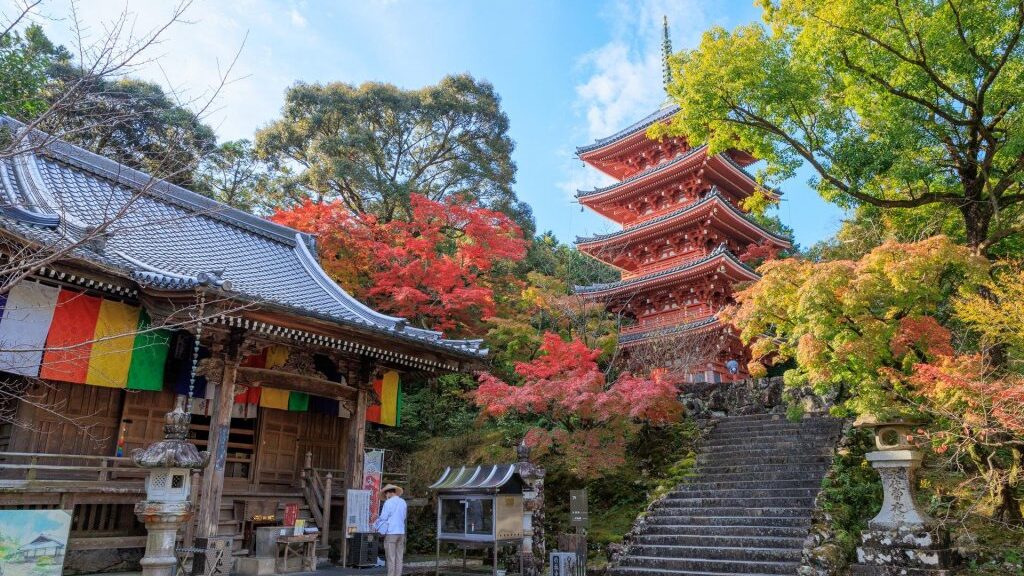
The Niyodo River is often ranked as Japan’s most beautiful river and is renowned for its crystalline turquoise waters. Popular activities include swimming, kayaking, and admiring the brilliantly colored water.
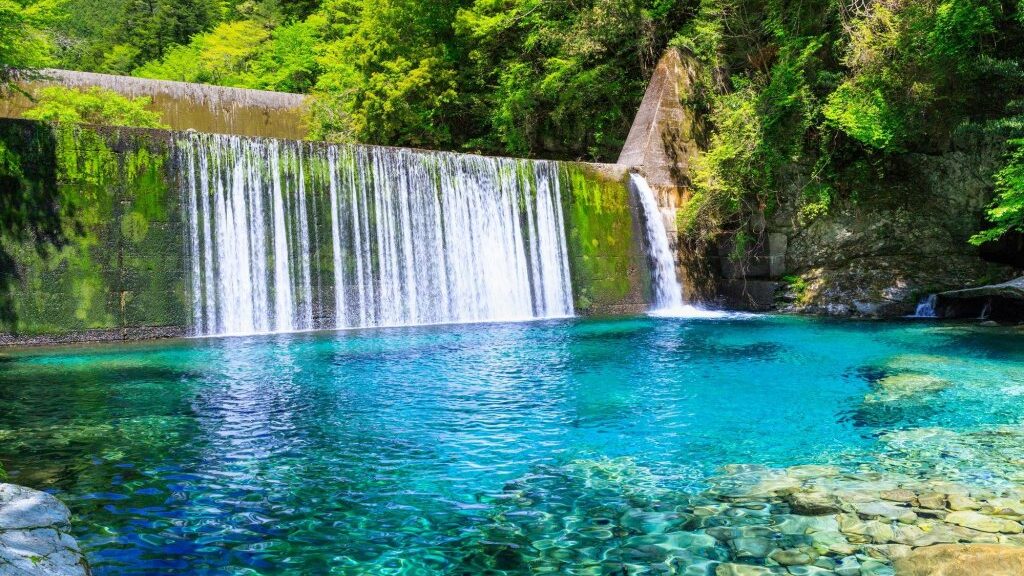
Kochi Castle is one of Japan’s few original castles still standing. The castle retains its original keep and palace and has been protected as a National Historic Site since 1959.
When is the best time to visit Kochi?
For pleasant weather and outdoor activities, spring (March-May) and autumn (September-November) are ideal.
Spring offers cherry blossoms and comfortable temperatures, averaging 15-20°C.
Autumn boasts stunning fall foliage and crisp air, with temperatures ranging from 15-25°C.
Summers (June-August) in Kochi are hot and humid. With temperatures exceeding 30°C and high humidity, it is suitable for those who enjoy water sports and beach activities. Visitors should also be aware that this time of year is also typhoon season.
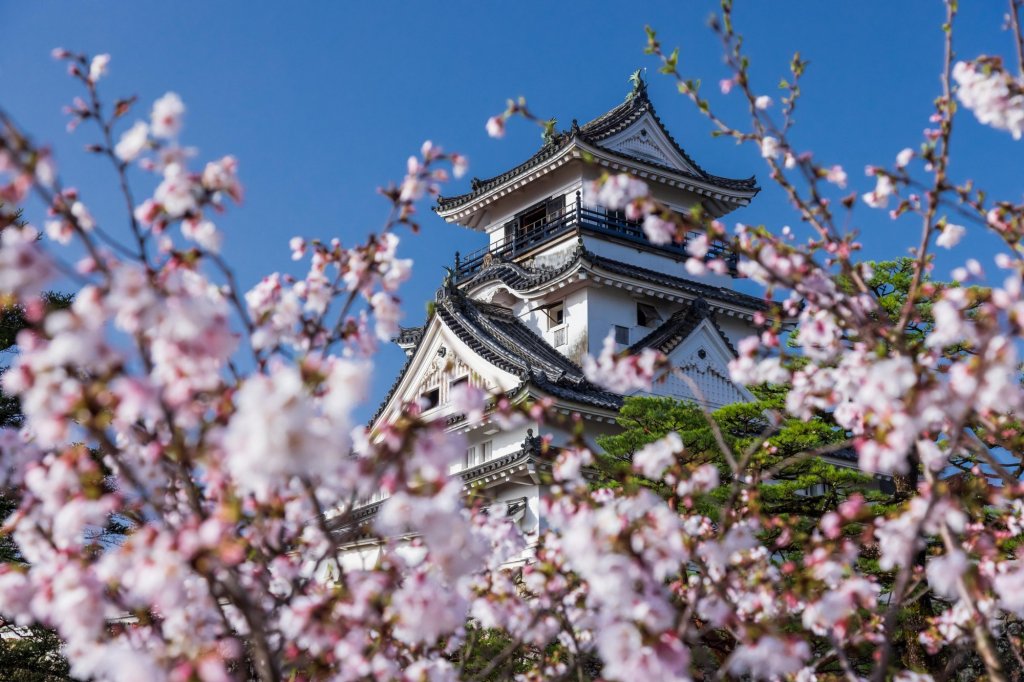
Winters (December-February) are mild, with average temperatures around 10°C, making it a good time for exploring the region’s historical sites and enjoying local cuisine without crowds.
Rainfall is relatively high throughout the year, so packing some waterproof clothing is advisable regardless of the season.
The Yosakoi Festival, a major dance festival, takes place in August and attracts large crowds. If you’d prefer a less hectic experience, it’s advised to do some research to avoid festival periods and national holidays.
All Events in Kochi
No events found.
Tours and Activities in Kochi
None found.
Where should I stay in Kochi?
Whether you prefer a city stay or a more rural experience, Kochi Prefecture has something for almost every traveller,
Kochi City, the prefectural capital, is a natural hub for exploring the region and provides easy access to attractions like Kochi Castle and the Mount Godai.
For budget-conscious travelers, the friendly and centrally located JR Clement Inn Kochi offers private rooms at affordable rates. Its convenient location near to JR Kochi Station makes exploring the city and its surrounding areas a breeze.
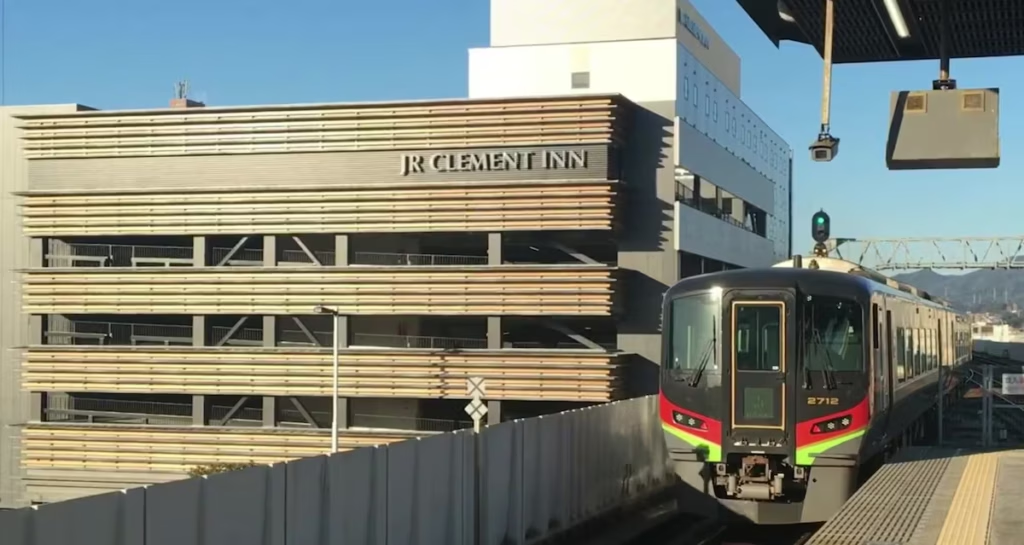
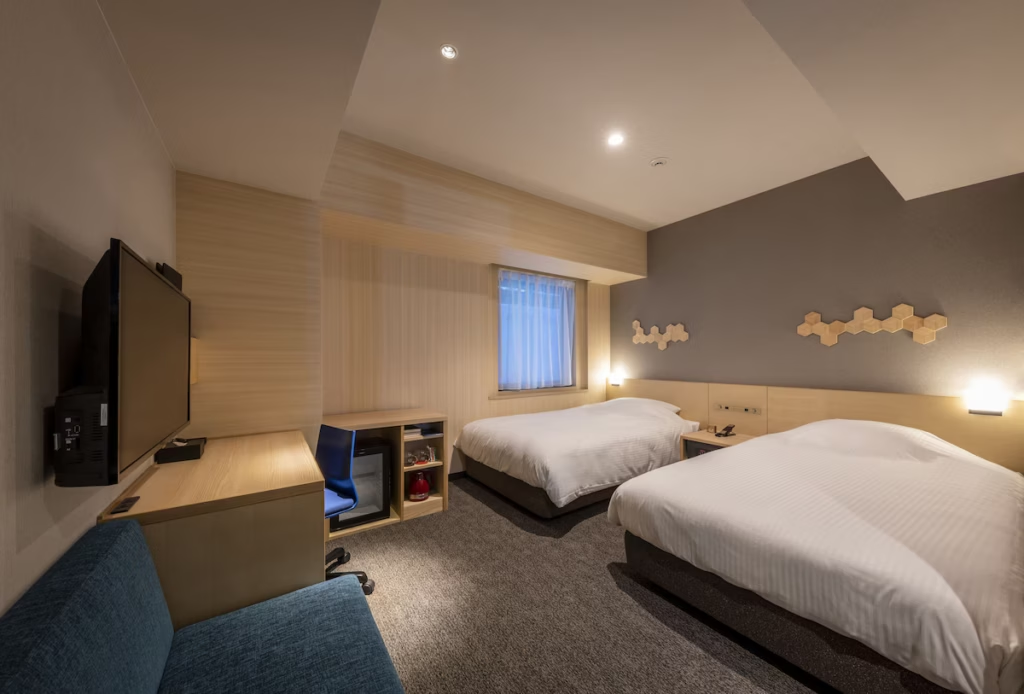


Those seeking more from a hotel stay, should consider the Jyoseikan hotel. Located in Kochi City this hotel offers a selection of Japanese and Western style rooms on a bed and breakfast or half-board basis.
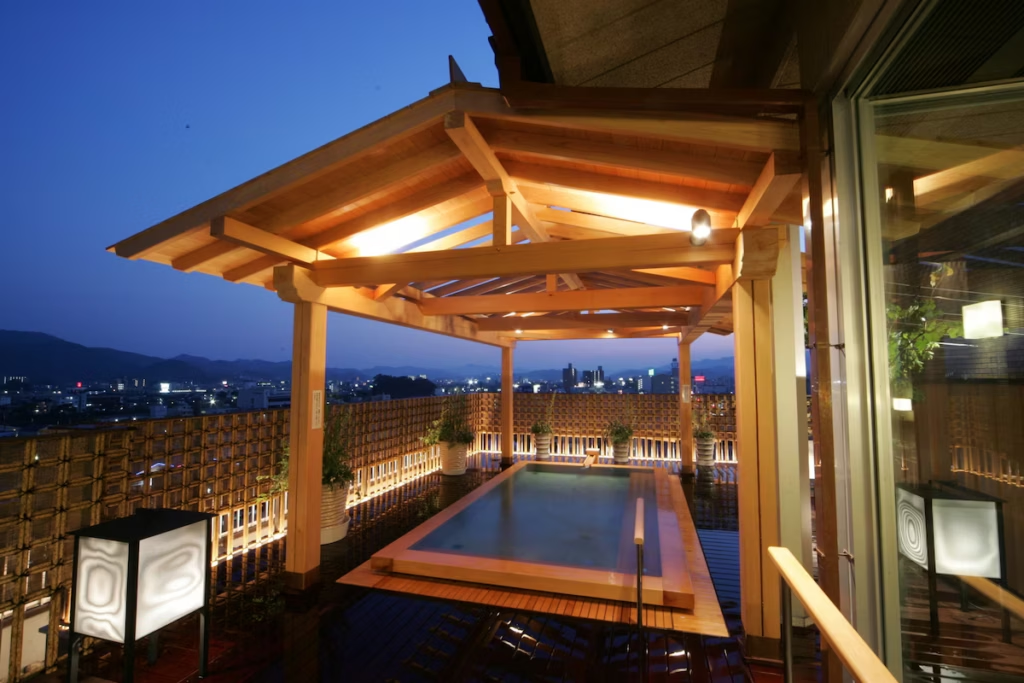
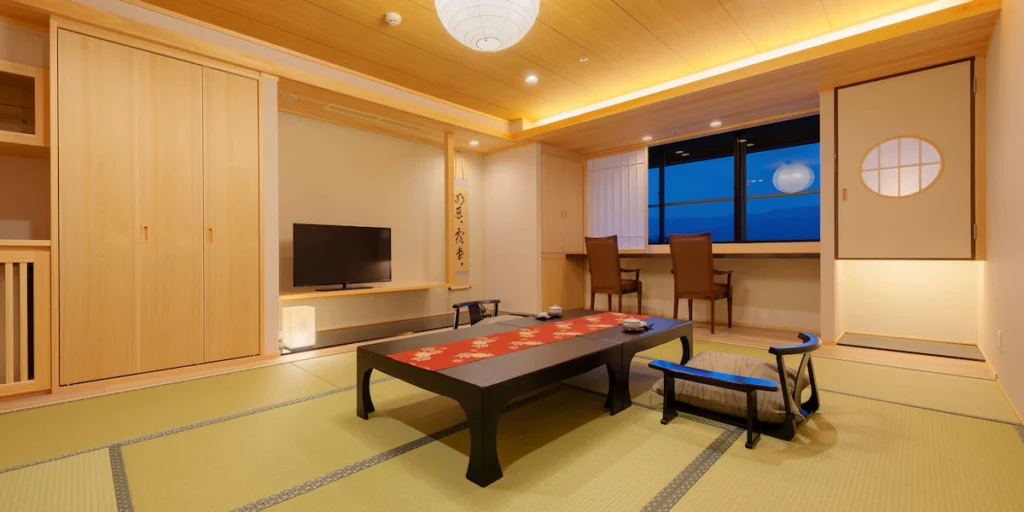


If you prefer a more laid-back atmosphere, consider the charming coastal towns like Muroto or Shimanto, which offer a range of ryokans and guesthouses, perfect for experiencing traditional Japanese hospitality.
Ultimately, the best place to stay in Kochi is the one that aligns with your travel style and allows you to immerse yourself in the prefecture’s unique charm.
How do I get to Kochi?
Kochi Prefecture is accessible by air, rail, and bus.
The Kochi Ryoma Airport (KCZ) offers domestic flights from major Japanese cities like Tokyo, Osaka, and Fukuoka.
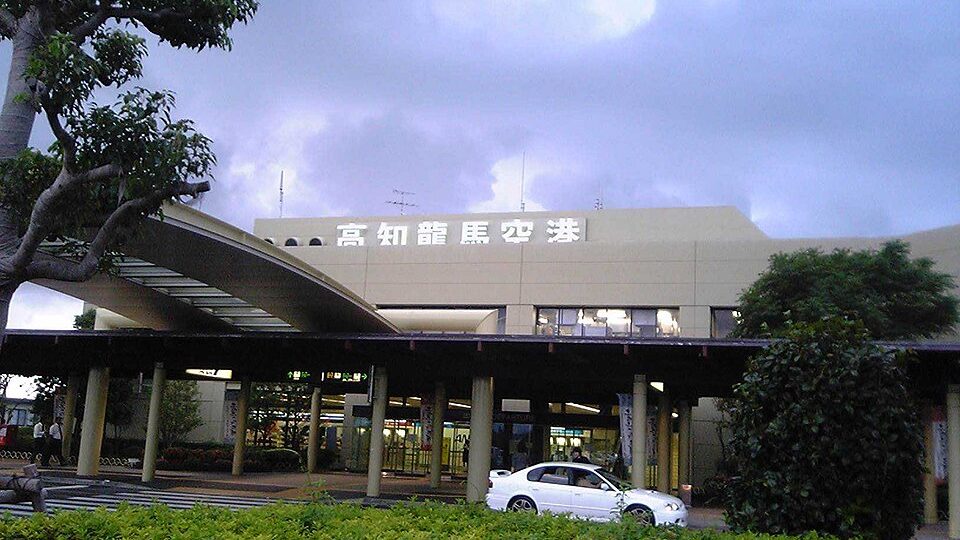
From the airport, limousine buses and taxis connect to Kochi City, the prefectural capital.
The JR Shikoku railway network offers scenic train journeys to Kochi Station from other prefectures.
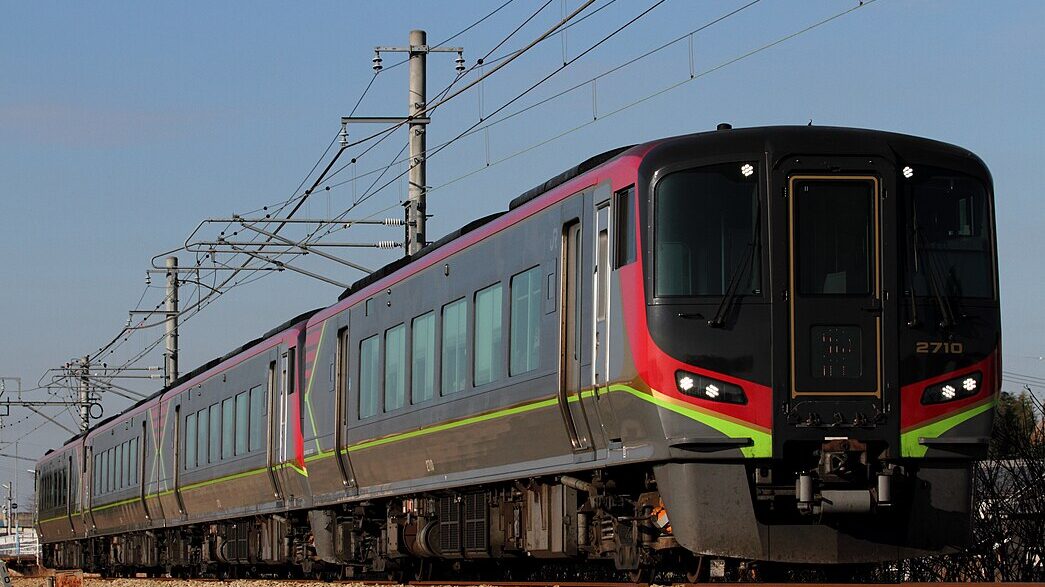
The “Nanpū” limited express train connects Kochi to Okayama, offering a convenient transfer between JR Shikoku trains and the Shinkansen bullet train network.
Highway buses operate from various locations across Shikoku and Honshu, providing a more economical travel option.
Within the prefecture, local bus networks and train lines connect smaller towns and villages.
Car rentals are available at the airport and major train stations, offering flexibility for exploring the more rural areas.

This post may contain affiliate links, and Essential Japan may earn a commission if you purchase through them.
No tags for this post.